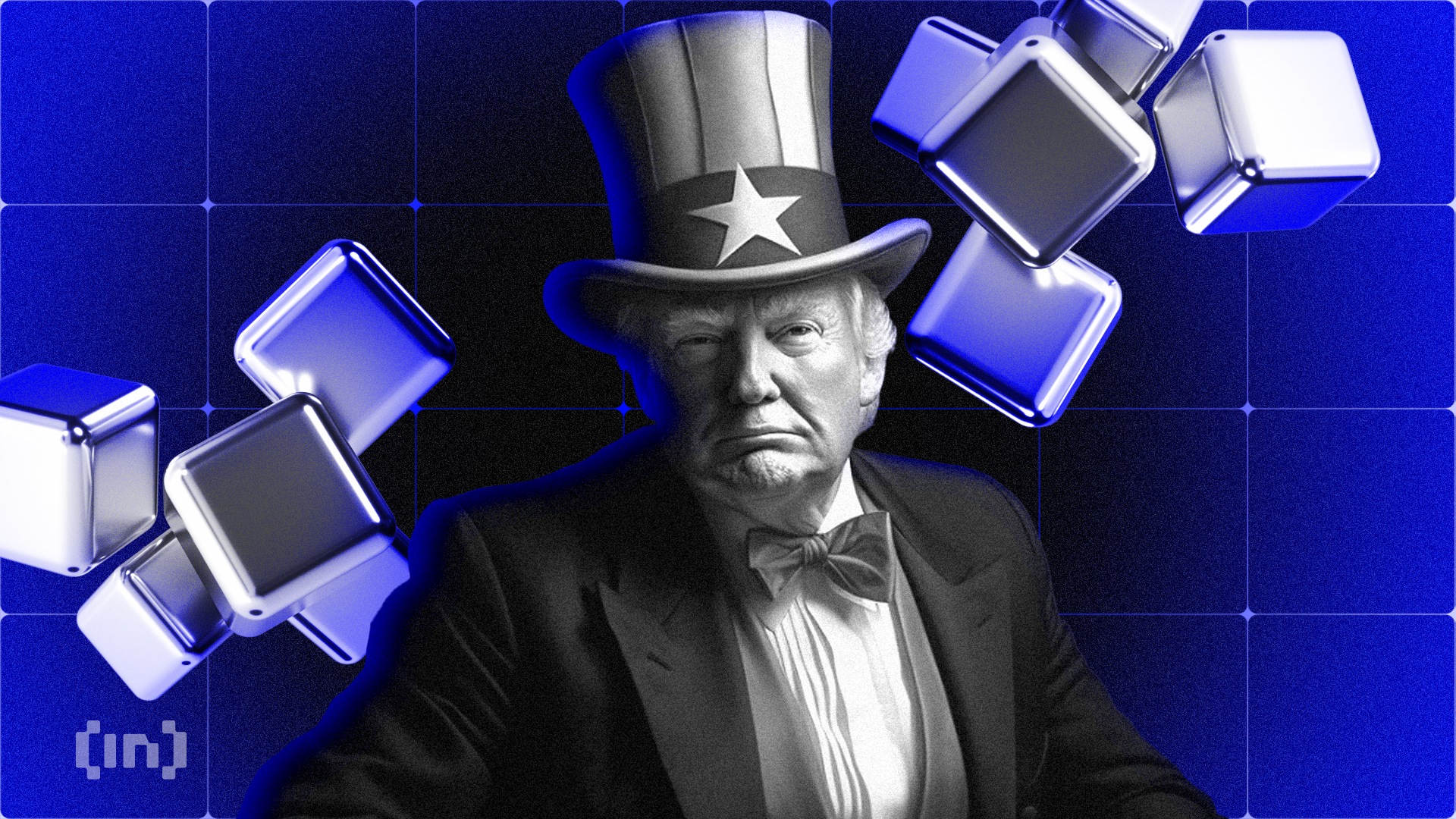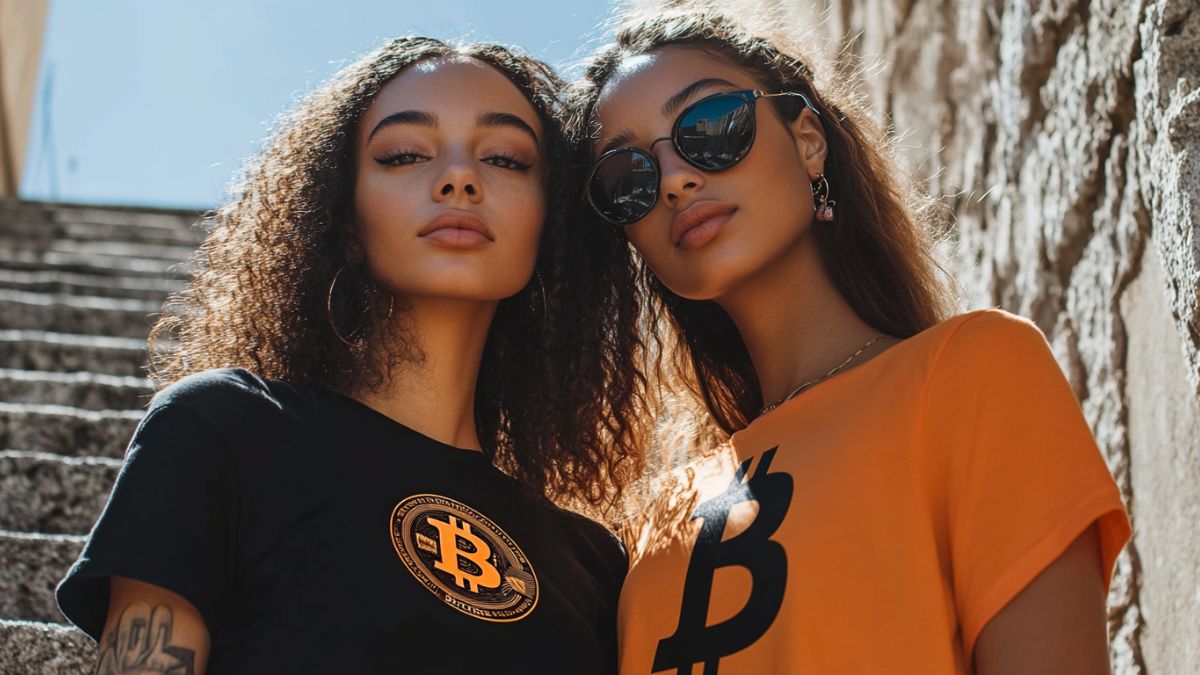In recent developments within the crypto landscape, former President Donald Trump has made headlines with the introduction of USD1, a new stablecoin issued by World Liberty Financial (WLF). Despite this launch, many experts express skepticism regarding the viability and success of the initiative, particularly in light of Trump’s earlier venture into cryptocurrency, which saw massive financial losses for many investors.
Historical Context and Current Launch
World Liberty Financial unveiled USD1, linking it to the American dollar and backing it with highly liquid assets, notably short-term U.S. Treasury bills and dollar deposits. This move aims to stabilize what has been a turbulent past for investors affected by previous Trump-associated crypto products, most notably a meme coin whose initial market capitalization exceeded $14.5 billion shortly before his presidency began. However, its subsequent decline led to significant losses for retail investors.
The Need for Trust and Transparency
The successful adoption of USD1 hinges on transparency, utility, and a concrete competitive edge over established players like Tether (USDT) and Circle’s USDC. Industry analysts stress that without robust administrative structures and transparent oversight, skepticism will likely persist. As Vivien Lin, Chief Product Officer at BingX, pointed out, any association with Trump’s previous controversies could dissuade potential investors, especially amidst claims of conflicts of interest connected to his roles within WLF.
Potential Community Impact
The initial success of Trump’s prior meme coin inadvertently attracted newcomers to the crypto realm, suggesting a deep-seated connection between his name and cryptocurrency awareness. Notably, around 42% of the purchasers of that coin were first-time crypto investors. This historical precedent indicates that USD1 might similarly introduce new users to the world of digital currencies, provided the project is managed effectively. Tae Oh, founder of Creditcoin, explained that with proper structure and transparency, USD1 could regain trust among a wary audience.
Market Challenges Ahead
Stablecoins have become a significant component of the financial ecosystem since their emergence in 2014, with the total market cap surpassing $208 billion. WLF’s USD1 must carve out its niche in this competitive marketplace, where stability and compliance are vital. Experts like Anthony Anzalone, CEO of XION, argue that despite Trump’s controversial image, his involvement could be a strategic advantage for market acceptance, as stablecoins provide operational stability unlike speculative cryptocurrencies.
Implications and Future Considerations
While Trump’s name might amplify interest in USD1, the consequences could be double-edged. For some, his reputation could spur investor enthusiasm, while others may hesitate, fearing political motivations behind the project. Cathy Yoon, General Counsel at the Wormhole Foundation, emphasized the potential pitfalls of political involvement in financial products, which may alienate segments of the market cautious of political alliances.
Assessing the Potential of USD1
The functionality and unique attributes of USD1 will be crucial in determining its market acceptance. If it succeeds in offering stability and utility similar to, or surpassing, other established stablecoins, it could serve as an opportunity for Trump to reshape his legacy within the crypto sector. The ongoing challenge remains: how the market perceives his motivations and whether transparency and accountability can genuinely be assured in this politically charged environment.
Overall, the launch of USD1 represents a critical moment not only for Trump’s brand within cryptocurrency but also for the broader implications on investor confidence and the future of stablecoins in the meticulously evolving digital currency space.



